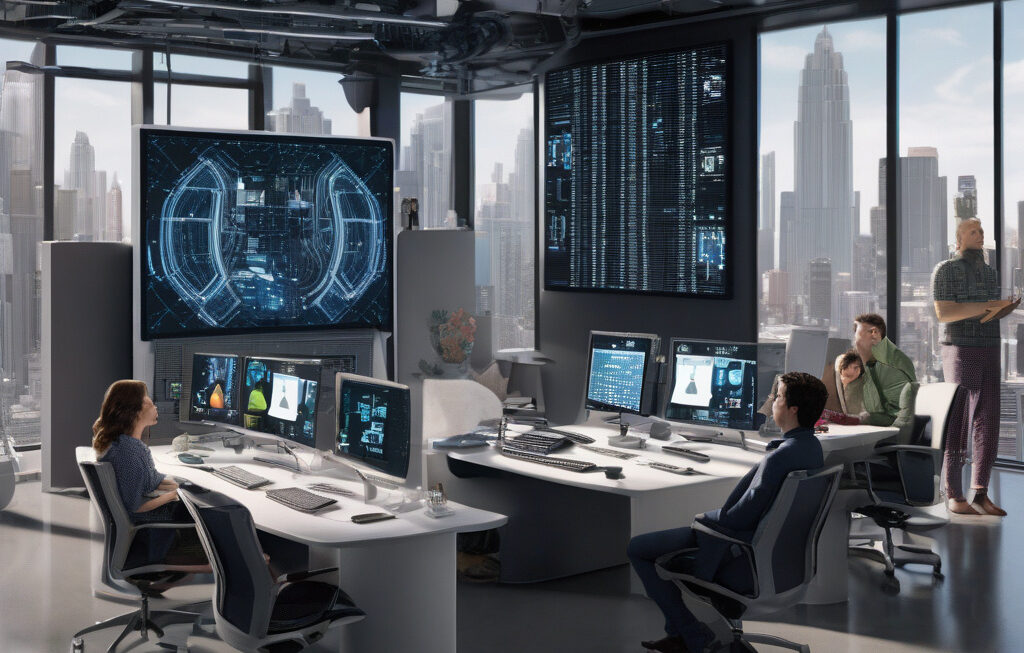US Engineers Test Breakthrough Nuclear Reactor Cooling System at Idaho Lab
The MARVEL microreactor project at Idaho National Laboratory (INL), US, has successfully concluded its three-month testing phase of a groundbreaking nuclear reactor cooling system. This marks a significant milestone in the advancement of nuclear technology, showcasing the potential for enhanced safety and efficiency in the field.
The innovative cooling system, known as the Microreactor Applications Research Validation & Evaluation (MARVEL) project, aims to revolutionize the way nuclear reactors are cooled. Traditional cooling systems in nuclear reactors rely on large amounts of water for heat removal, posing potential risks in terms of water usage and environmental impact. However, the MARVEL project introduces a novel approach that utilizes helium gas as a coolant instead of water.
One of the key advantages of using helium gas is its inherent safety features. Unlike water, helium is non-reactive and does not corrode the reactor components, reducing the risk of accidents and increasing the overall lifespan of the system. Additionally, helium is a more efficient heat transfer medium, allowing for better control of reactor temperatures and improved energy generation.
During the testing phase at the INL, engineers monitored the performance of the MARVEL microreactor cooling system under various operating conditions. The results were highly promising, demonstrating the system’s ability to effectively regulate temperatures and maintain stable operation throughout the testing period. This success paves the way for further development and potential implementation of the technology in commercial nuclear reactors.
Furthermore, the MARVEL project aligns with the growing demand for sustainable energy solutions. As the global push for clean energy intensifies, nuclear power presents itself as a viable low-carbon alternative. By enhancing the safety and efficiency of nuclear reactors through innovative cooling technologies, such as the one tested at the INL, we move closer to achieving a more sustainable energy future.
In addition to its environmental benefits, the MARVEL project also holds economic advantages. The use of helium as a coolant reduces the overall operational costs of nuclear reactors by improving energy conversion efficiencies and minimizing maintenance requirements. This cost-effectiveness makes nuclear energy more competitive in the broader energy market, potentially attracting further investment and interest in the sector.
As the MARVEL microreactor project marks a successful testing phase at the Idaho National Laboratory, the future of nuclear energy looks increasingly promising. The integration of innovative cooling systems, such as the helium-based technology developed in the MARVEL project, represents a significant step forward in enhancing the safety, efficiency, and sustainability of nuclear power generation.
In conclusion, the successful testing of the MARVEL microreactor cooling system at the INL underscores the potential for transformative advancements in the field of nuclear energy. By leveraging helium gas as a coolant, this breakthrough technology not only improves the safety and efficiency of nuclear reactors but also contributes to a more sustainable energy landscape. As we continue to explore innovative solutions for clean energy production, projects like MARVEL pave the way for a brighter and more sustainable future.
US engineers, breakthrough, nuclear reactor, cooling system, Idaho lab












